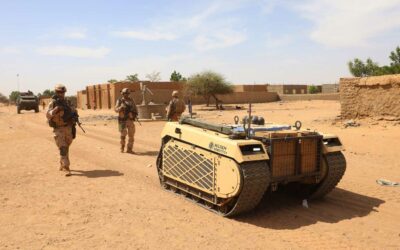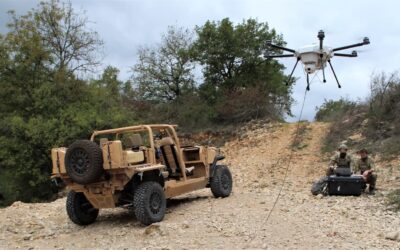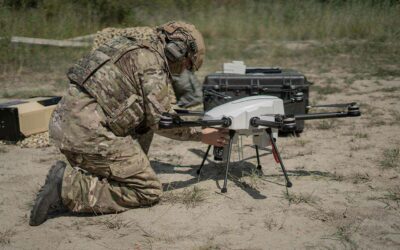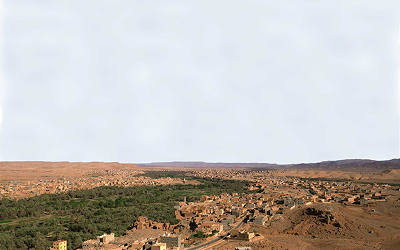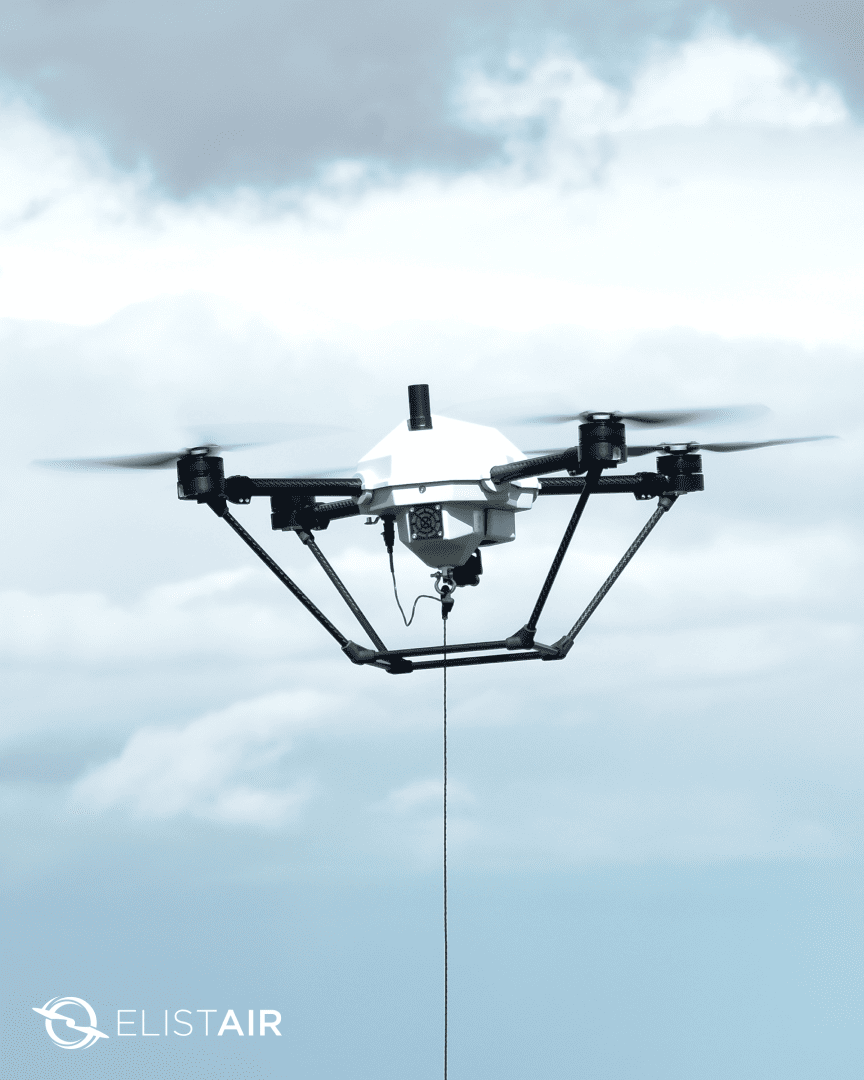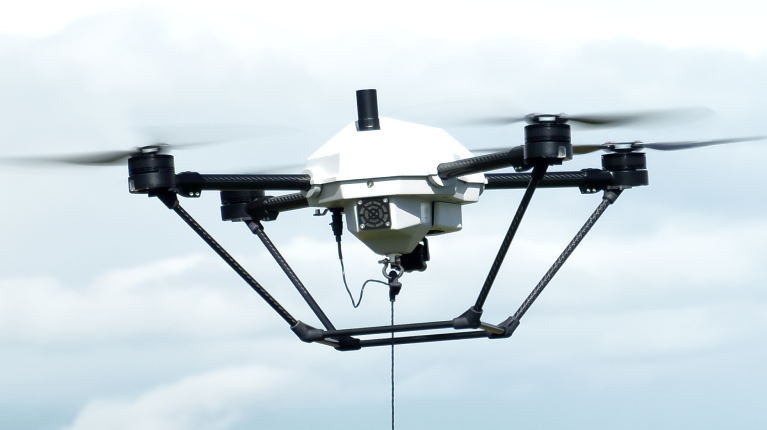Quelle est la puissance de la DRI dans la surveillance des drones ?
L'équipe Elistair
8 minutes
In the realm of drone surveillance, Detection, Recognition, and Identification (DRI) represent critical metrics that define the performance of a camera system. These metrics are especially vital for drones used for ISR missions, and they apply to both thermal and electro-optic (day channel) cameras.
What is DRI ?
DRI is a universally accepted set of standards that measure the distance at which a sensor can produce an image of a specific target. These standards, initially developed by the US Army in the 1950s, are often used to compare performance between imaging cameras.
- Detection refers to the distance at which a target initially appears in the image. This target is something out of the ordinary that is warmer or cooler than the ambient environment. At this distance, there will not be enough information to confirm what the target is, just that something is there.
- Recognition refers to the distance at which you can determine an object’s class (is it human, animal, or vehicle).
- Identification refers to the distance at which you can differentiate between objects within a class. For example, identifying the type of vehicle (truck, SUV, or car) or whether the human is a soldier or civilian.
How is DRI Calculated ?
DRI is calculated using the Johnson criteria, which is based on the number of pixels on the target. According to the Johnson criteria, the minimum resolution required to achieve a 50% probability for an observer to discriminate an object are:
- Detection: an object is present – 2 pixels on target
- Recognition: discern the type of object, a human vs. a vehicle – 8 pixels on target
- Identification: discern specific objects, a man vs. a woman, a car model – 12.8 pixels on target
These calculations are based solely on geometrical parameters – the target size, distance, lens focal length, and camera detector pixel size. Signal level, detector sensitivity, atmospheric conditions, and other factors are not considered.

Common DRI Values for Cameras and Drones
The DRI values can vary significantly depending on the specific camera and drone system. However, a common benchmark for a high-performance UAV (EO sensor) will usually be in the following range:
- Detection: Up to 10 km for a vehicle-sized object
- Recognition: Up to 5 km for a vehicle-sized object
- Identification: Up to 2 km for a vehicle-sized object
These values are just examples and can vary based on the specific system and conditions.
Elistair carefully selects its cameras by evaluating its DRI metrics through internal testing. By understanding why DRI matters, you can ensure you get the most out of your drone surveillance system.


